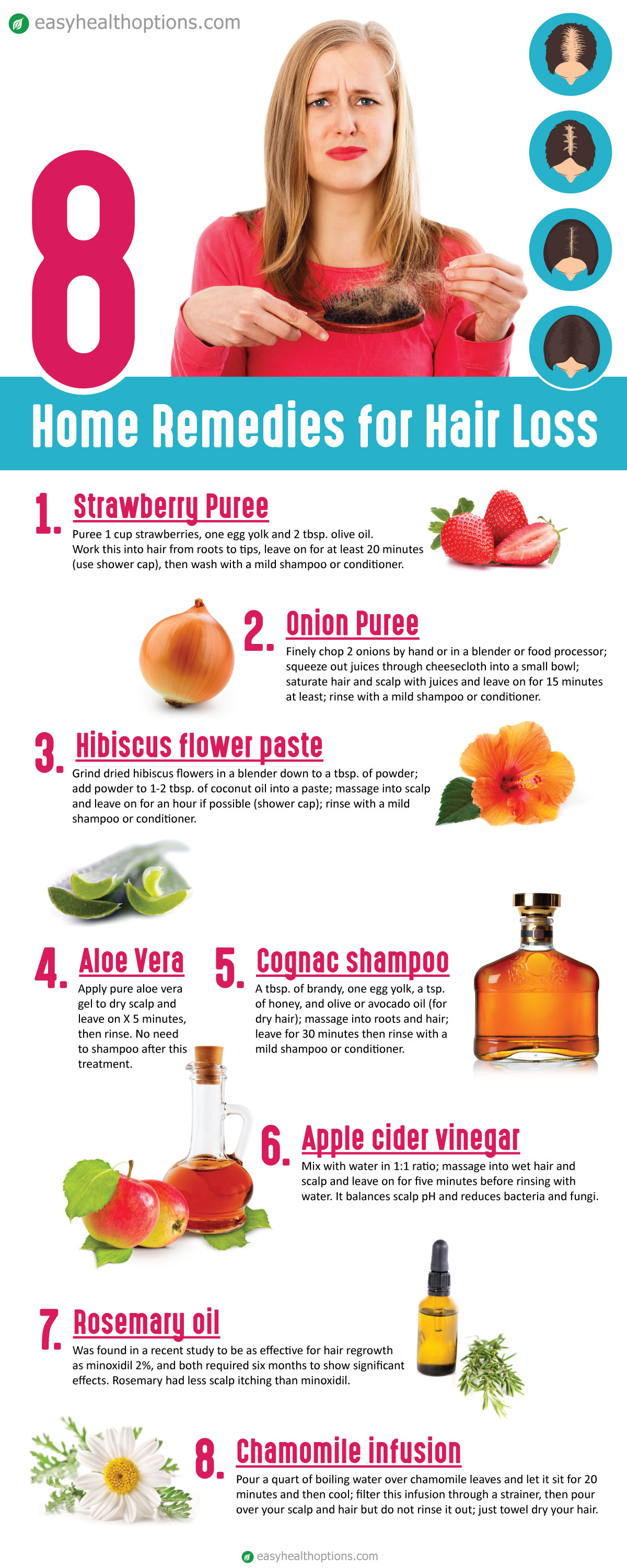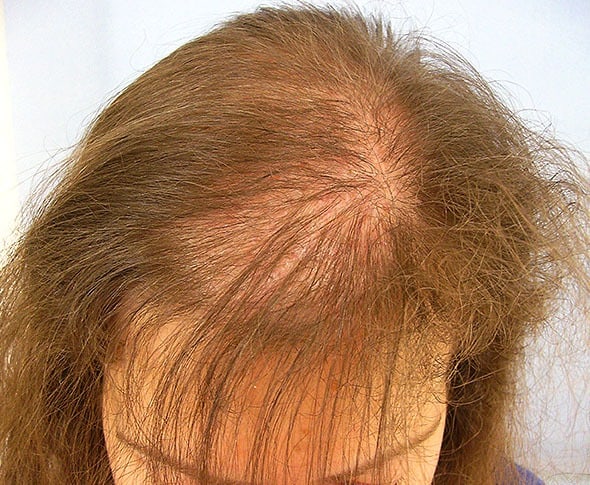Table Of Content

A review study published in 2022 found that it significantly increases hair diameter and hair count in patients with several types of alopecia. It typically isn’t covered by insurance, and it can be expensive, Mirmirani says. If hormone imbalances due to menopause, for example, cause hair loss, doctors may recommend some form of hormone therapy to correct them. Hair loss and thinning in females can happen for a variety of reasons.
Hair Loss in Women: Treatments
CCCA and LPP fall under the umbrella of lymphocytic scarring alopecia. The telltale signs of these conditions are chronic inflammation of the scalp and the scarring of hair follicles, which can result in irreversible hair loss, Agbai notes. If you’ve noticed an excessive amount of hair shedding, a receding hairline, or that the hair on the crown of your head becoming increasingly sparse, you’re probably experiencing a form of hair loss.
Common symptoms
Free to everyone, these materials teach young people about common skin conditions, which can prevent misunderstanding and bullying. A dermatologist can help you understand if you have hair loss, excessive hair shedding, or both, and help you identify possible causes. Taking steps to minimize and navigate stress before it overwhelms you could help lower your chances of experiencing physical side effects, like hair loss. The other group included 44 people who received plum blossom needle acupuncture — where acupuncturists insert 5-7 needles shallowly in a blossom pattern — combined with qi-invigorating superficies-consolidating therapy. If you suspect you could have a nutrient deficiency, ask your care team about testing to check your vitamin levels. Healthcare professionals can also help address other causes of nutrient deficiencies, such as eating disorders or health conditions that might block nutrient absorption.
Follow Mayo Clinic
Hair transplant, or restoration surgery, can make the most of the hair you have left. With any of the three surgeries, the recovery time lasts between three to six months with some redness, scabbing, or swelling. "Most patients are back to work within a week," Dr. Ziering says. "Transplanted hair falls out in a few weeks but then starts to regrow in a few months." Over the first several months hair growth will continue and tend to mature with final results visible between 12 and 18 months. All the experts agree that hair transplants should be the last step in your journey toward recovering your hair.

Hormone therapy
Antiandrogens can stop the production of androgens and prevent hair loss. These medications may cause side effects, so always speak with a healthcare professional about what to expect and whether antiandrogens are suitable. Low-level light therapy may not be a sufficient treatment for hair loss on its own, but it may act to amplify the effects of other hair loss treatments, such as minoxidil. Because hair loss has many different causes, there are many different treatment options.
Other supplements meant to help with hair loss tend to contain a lot of one nutrient. Because this can cause you to get too much of the nutrient, many dermatologists recommend taking a multivitamin instead. It’s essential that you not become pregnant while taking spironolactone. To prevent pregnancy, your dermatologist will also prescribe a birth control pill if it’s possible for you to get pregnant. Once your dermatologist finds the cause(s), your dermatologist will tell you whether treatment is recommended.
Mayo Clinic Minute: Expert advice for women with thinning hair - Mayo Clinic
Mayo Clinic Minute: Expert advice for women with thinning hair.
Posted: Sun, 28 Jan 2024 08:00:00 GMT [source]
Female pattern baldness is a common condition that affects many women and people assigned female at birth after menopause. Many people with female pattern baldness accept it as part of the aging process and don’t see a healthcare provider. Reach out to your healthcare provider as soon as you notice signs of female pattern baldness, especially if it causes stress, anxiety or depression. Medications and treatments are available that can stop or reverse female pattern baldness. According to Hardik Doshi, MD, lead surgeon of hair restoration at Ample, shampoos infused with ketoconazole, minoxidil, or saw palmetto may help improve scalp health and stimulate hair growth.
You have several different treatment options to address hair loss caused by female pattern baldness and other types of alopecia. A doctor or dermatologist can help you identify the best approach for your needs. Topical minoxidil is one of the best hair loss treatments for women, particularly those who have female pattern hair loss. It’s not yet clear how the magic happens, but researchers theorize that minoxidil reverses hair follicle shrinkage and lengthens the growth phase. This likely encourages hair to grow back fuller and speeds up the rate at which lost strands are replaced.
Finasteride (Propecia, Proscar)

It's important to note that some forms of hair loss are temporary, while others may be permanent — therefore, treatments can vary depending on the underlying causes. You can style it, dye it and cut it to make a statement or tell your story of who you are. Hair loss can have an emotional impact on you because it affects the way you look, your self-esteem and your self-confidence.
A dermatologist is a medical doctor who specializes in treating the skin, hair, and nails. Both the CDC and the FDA warn against treating this common childhood condition on your own with non-prescription treatments. At the end of the day, remember you do have safe and effective options for treating hair loss, and treatment can make a big difference. Taking too high of a dose can lead to side effects, so it’s always best to check with a healthcare professional before adding any new supplements to your diet.
11 Best Hair Growth Serums to Address Thinning Hair - Vogue
11 Best Hair Growth Serums to Address Thinning Hair.
Posted: Thu, 25 Apr 2024 19:26:30 GMT [source]
Others may cover it up with hairstyles, makeup, hats or scarves. And still others choose one of the treatments available to prevent further hair loss or restore growth. Results from clinical studies of mostly white women ages 18 to 45 years with mild to moderate degrees of hair loss report that after using minoxidil for eight months, 19% of users had moderate regrowth and 40% had minimal regrowth. Of those using a liquid without active minoxidil (a placebo) during the same time period, 7% reported moderate hair regrowth while 33% had minimal regrowth.
While FPHL does often show up as you get older, it can happen at any point, particularly if you have a genetic predisposition. And while most FPHL patients are postmenopausal, Dr. Green has seen it in women in their twenties. Below are four of the most common culprits, according to our experts. Consider this your starting point for alleviating tress stress.
The good news is that regrowth is possible for many types of hair loss. But it's a good idea to see a healthcare provider to get a diagnosis first—because the earlier treatment starts, the more likely you'll experience noticeable improvement. Some studies suggest that shining red light onto the scalp may promote hair growth.
Other options include light therapy, hormone therapy, or, in some cases, hair transplants. If you notice increased hair loss, you’ll want to make an appointment with a dermatologist or other healthcare professional. They can help determine if you’re experiencing female pattern baldness or a different type of hair loss caused by other factors. Hair loss treatment varies based on what caused your hair loss or thinning hair.


No comments:
Post a Comment